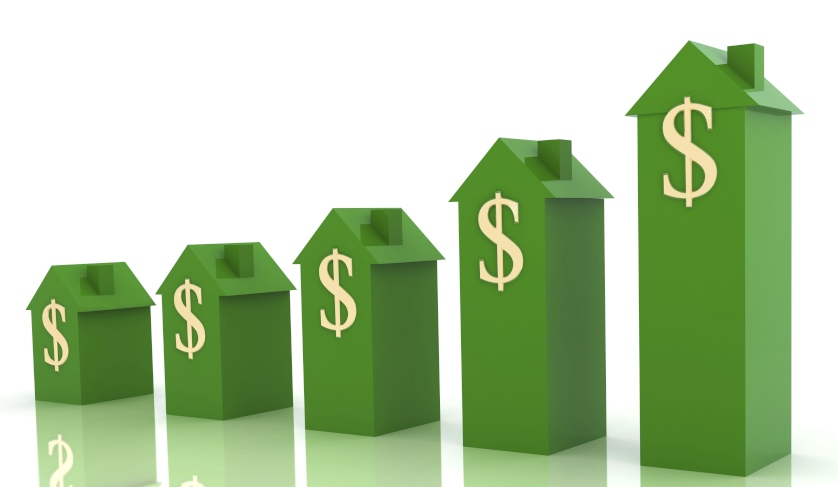Rental property trends on the rise, CoreLogic analysis finds
New analysis of the Census 2016 data shows the proportion of properties rented has been trending higher in the last decade, increasing from 27.2 per cent in 2006 and 29.6 per cent in 2011 to 30.9 per cent of all dwellings in 2016, according to CoreLogic’s latest Property Pulse.

CoreLogic research analyst Cameron Kusher identified two additional points of interest in the data, both regarding home ownership.
To continue reading the rest of this article, please log in.
Create free account to get unlimited news articles and more!
“While the proportion of dwellings being rented is climbing, the proportion of properties owned outright has also been trending lower and the rate of home ownership is diminishing,” Mr Kusher said.
“[Another] interesting observation from the latest Census analysis is that those properties classified as ‘rentals’ are not all owned by private investors; almost 12 per cent of rented dwellings are owned by state or territory housing authorities, and 2 per cent are owned by community or church groups."
Mr Kusher also said that the vast majority of rentals are investor-owned, with 60 per cent of them managed through a real estate agent, while 20 per cent of rented dwellings are rented by individuals not living in the same household.
Top 50 areas for renters
The CoreLogic analysis has identified the top 50 areas most popular for renters.
Based on the list, only nine had lower rentals in 2016 than in 2006. Interestingly, three of these regions (Torres Straight Islands, East Arnhem and Nhulunbuy) are the top three most rental-centric regions. The rental accommodation in these three regions is predominately provided by government.
The data also found that overall the most rental-centric regions are located within mining and inner-city areas, where significant increases in housing density have taken place over recent years.
Other areas to see significant increases in rental popularity are Queensland’s Pimpama, where rentals have increased from 29.9 per cent in 2006 to 62.7 per cent in 2016, and WA’s South Hedland where rentals have risen from 36.0 per cent in 2006 to 65.6 per cent in 2016.
Mr Kusher said that this is just the beginning of this rental trend curve.
“By the time of the next Census in 2021, we anticipate that the proportion of properties being rented will increase further,” he said, “given a growing population and ongoing housing affordability pressures, particularly within the largest housing markets of Sydney and Melbourne.”
The top 10 (of 50) regions with the highest rentals
Torres Strait Islands, Qld – 89.0 per cent (2006), 90.2 per cent (2011), 86.3 per cent (2016)
East Arnhem, NT – 84.8 per cent, 89.8 per cent, 84.0 per cent
Nhulunbuy, NT – 84.8 per cent, 84.1 per cent, 79.6 per cent
Newman, WA – 47.6 per cent, 64.3 per cent, 74.4 per cent
Carlton, Vic – 68.4 per cent, 70.1 per cent, 71.2 per cent
Moranbah, Qld – 48.7 per cent, 65.2 per cent, 69.7 per cent
Karratha, WA – 51.9 per cent, 59.8 per cent, 67.8 per cent
Roxby Downs, SA – 53.9 per cent, 64.0 per cent, 65.7 per cent
South Hedland, WA – 36.0 per cent, 54.1 per cent, 65.6 per cent
The list covers SA2 regions, which are home to at least 10,000 residents, those that interact socially and economically.


